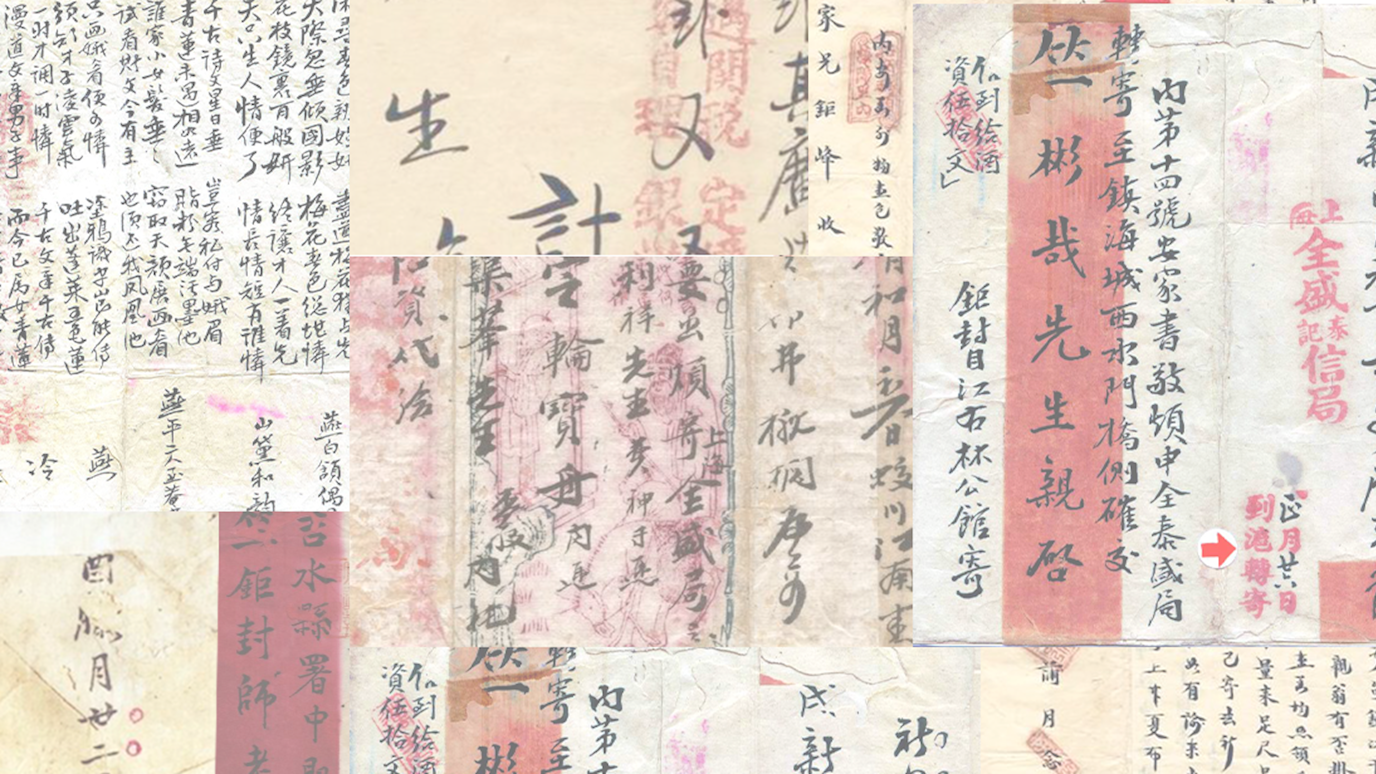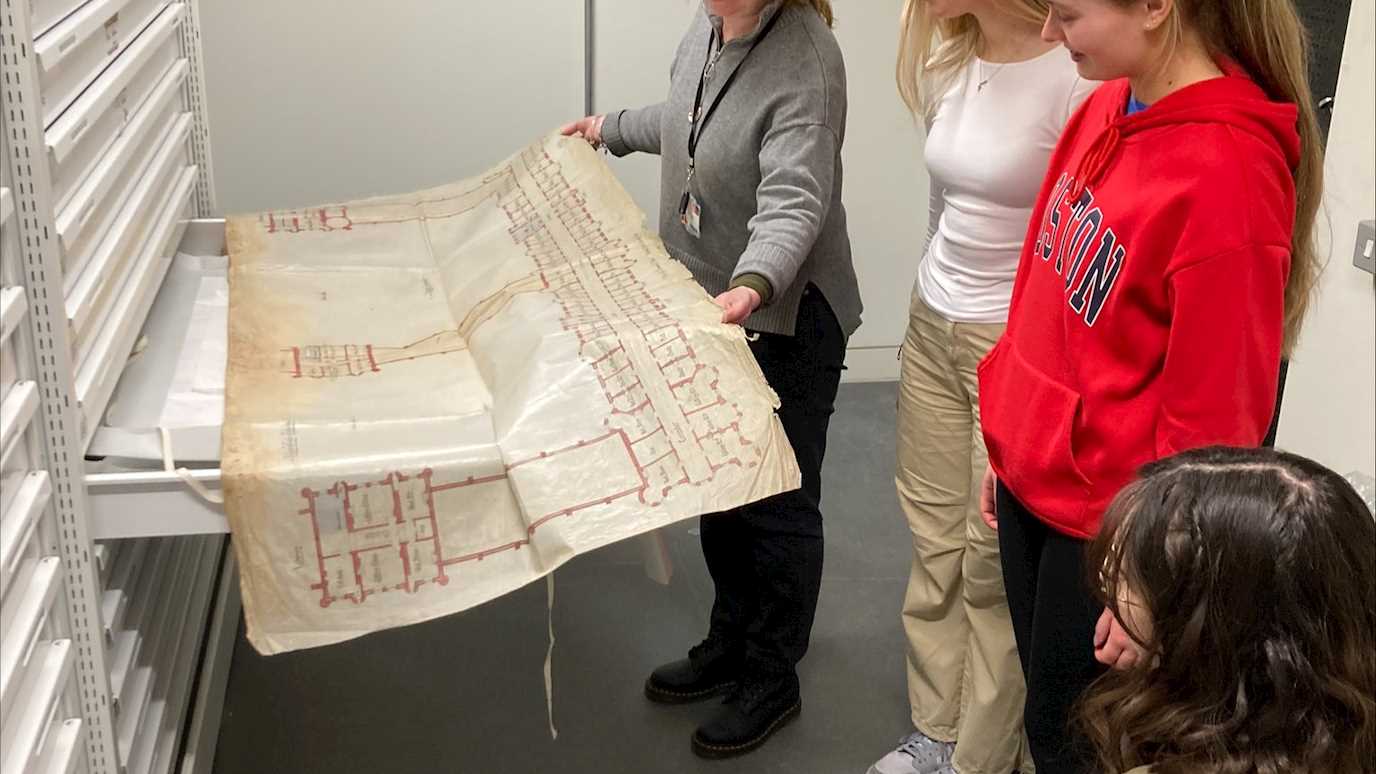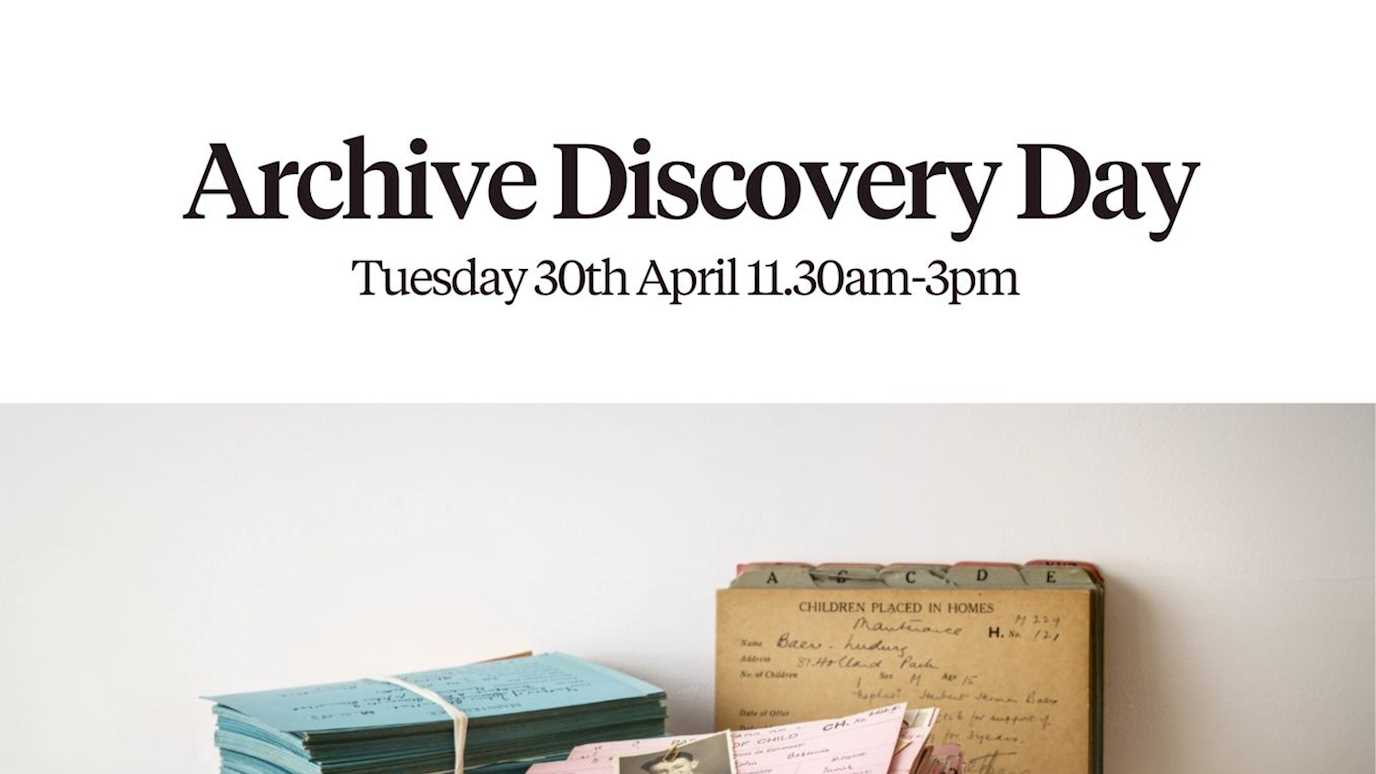Dr Weipin Tsai's Leverhulme-funded project studying Chinese Letter Hongs has launched a website making information gleaned from small private collections available to the public and to other scholars.

Compilation of letters
The website is available at https://letterhongs.com/
Dr Weipin has this to say about the project:
Long before the Imperial Chinese Post Office was set up in 1896, a postal system had existed for centuries. This was made up of a myriad of local, privately-owned courier firms, known collectively as ‘letter hongs’. These family firms were rooted in their local area, but collaborated extensively and by their peak in the late 19th century were able to provide services across the whole of China, and indeed beyond its borders to the Chinese diaspora across the region.
While there has been a huge amount of scholarship on China’s modernisation in this period – largely focused on institutionally directed or foreign-influenced developments – one area only now receiving attention is the network of communications that knitted the Qing Empire together. The letter hongs formed the largest and most significant element of that network, a web of family-owned companies that established vital supply lines for information, money and goods, with a reach more fluid, adaptable and extensive than even the government’s owned military information relay service. Yet little is known of their history and methods.
In the course of my work on the establishment of the Chinese Post Office, I came across many references to letter hongs, and in 2018 I submitted a grant proposal to the Leverhulme Trust, for funding to study them in depth. Being mainly small, privately-held organisations, source materials are scarce. One of the key sources of information lies in the collections of letter-covers (and letters) in the hands of philatelists.
The web site launched this week is focused on making information gleaned from their collections available to the public and to other scholars. Decoding the covers – quite literally, the journeys taken by the letters are recorded in code on the covers themselves – is a very useful source of material on how the hongs operated, routes taken, transit times, charges and so on, while the letters themselves are fascinating social documents recording the intricacies of family life as husbands and wives, sons and fathers, siblings and business partners corresponded over distance.
























